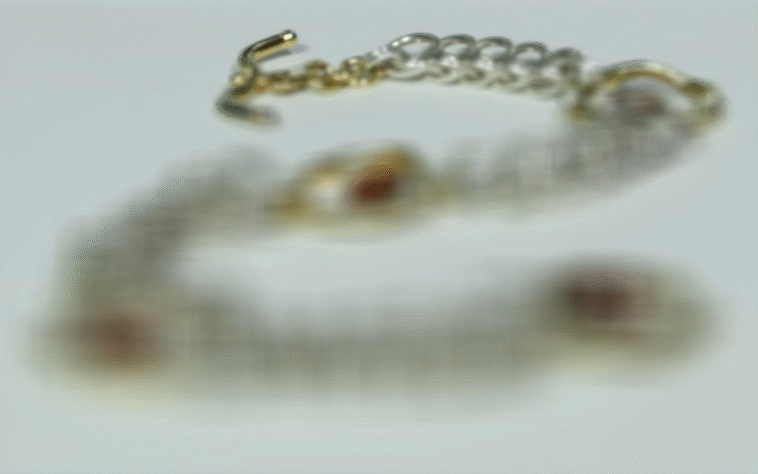
The objective of this project was to get familiar with photo manipulation by using lightfield data from the Stanford Light Field Archive. The 289 images we used were taken by a camera over a plane orthogonal to the optical axis, in a 17x17 grid.
To imitate the effect of focusing on a part of the photo, we shift each of the 289 photos by a constant multiplied by a shift specific to each photo, and then average these photos together. The point of focus depends on the constant which we shift these photos with. Below is the resulting focusing gif with constants varying from -0.625 to 0.15.

To imitate changes in aperture, all we do is vary the number of images we average together. A smaller number of images imitates a smaller aperture, while a larger number of images imitates a larger aperture. This is because a larger aperture is usually much more sensitive to light, so there are more rays blurring the photo. Below is the resulting aperture-changing gif. The focus of the photo is constant towards the back of the bracelet, because all the photos averaged still focus on this point.

Through this project, I was excited to learn just how easy it is to manipulate images after they're taken to specify exactly how you want them to look. I also learned that averaging more images imitates a larger aperture, which makes complete sense but didn't occur to me until we actually did the project.